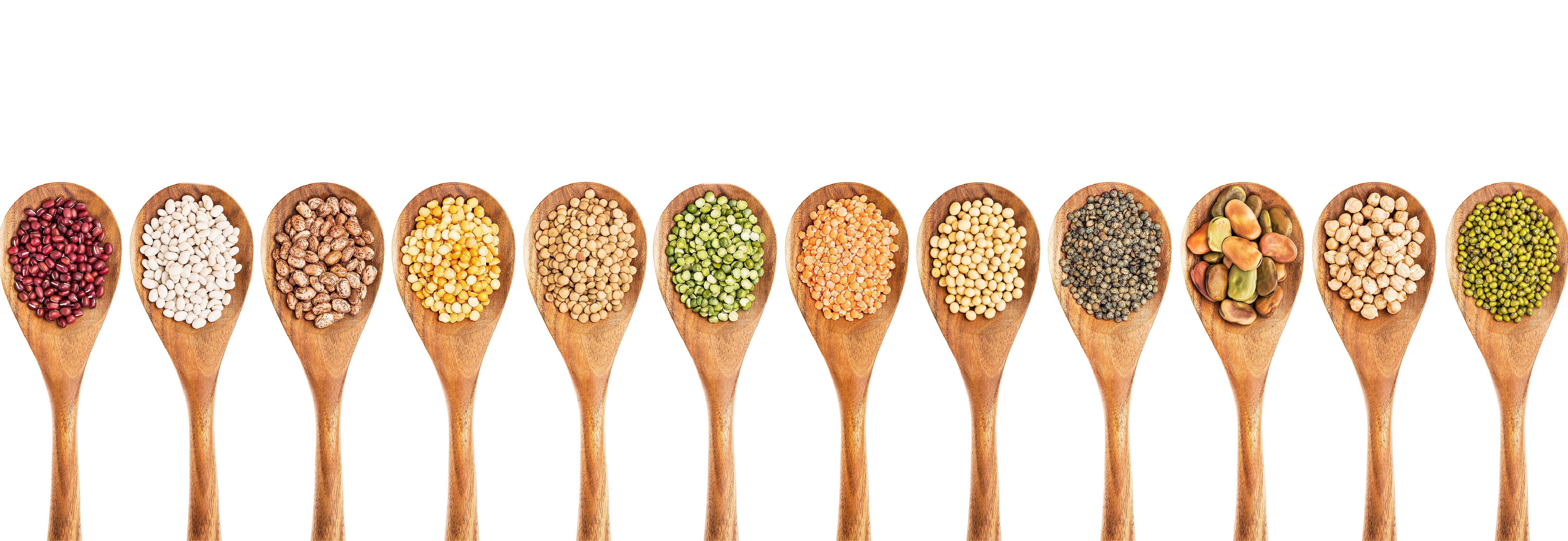The Growing Role of Pulses in Health and Sustainability
As plant-based eating takes center stage in nutrition discussions, the Dietary Guidelines Advisory Committee has issued a powerful endorsement for pulses. The 2025-2030 Dietary Guidelines for Americans will recommend increasing weekly consumption of beans, peas, and lentils to 2.5 cups (up from the previous recommendation of 1.5 cups). This recommendation signals a shift towards recognizing pulses and pulse ingredients as a nutritional powerhouse and a solution for global health and sustainability challenges. Read a summary of the Scientific Report here.
Pulses and Nutrition: A Nutritional Goldmine
Pulses are nature’s gift to health-conscious eaters. Packed with protein, fiber, iron, potassium, and magnesium, they support everything from heart health to digestion. Importantly, pulses provide these benefits without the saturated fat often found in animal proteins while providing fiber that animal proteins lack, making them heart-healthy choices for consumers across all dietary patterns.
Despite often being labeled as “incomplete proteins,” the nutritional benefits of pulses are anything but incomplete. By combining pulses with grains, nuts, or seeds throughout the day, individuals can easily meet their essential amino acid needs. Learn more in our Protein Quality Webinar (on-demand).
Driving Sustainability with Pulses
The environmental impact of our food choices has never been more critical, and pulses offer a sustainable solution. As nitrogen-fixing crops, they improve soil health, reduce the need for synthetic fertilizers, and play a vital role in regenerative agriculture. Compared to animal proteins, pulses boast a significantly lower carbon footprint, aligning with the global push for climate-friendly food systems. Learn more about how yellow field peas are powering sustainability.
Economic Accessibility Meets Health Goals
In addition to their nutritional and environmental advantages, pulses are an economic powerhouse. As one of the most affordable and accessible sources of protein and essential nutrients, they empower consumers to achieve health goals without breaking the bank. A recent study published in Frontiers in Nutrition showed that pulses are among the lowest-cost protein per 100 grams and per 100 calories, with average prices well below that of animal protein. PURIS is proud to make these benefits accessible to a wide range of consumers, from food manufacturers to families seeking cost-effective, nutritious options.

The Path Ahead: Advocating for a Pulse-Focused Future
The pulse industry’s role in shaping dietary guidelines extends beyond increased consumption. The new Dietary Guidelines for Americans Committee has recommended moving pulses to the Proteins Food Group. In this Food Group, pulses will be the first protein source listed, followed by nuts, seeds, soy products, and then animal proteins.
As pulses move out of the Vegetables Food Group, it is essential to maintain their dual identity as both a protein and vegetable. This distinction ensures pulses continue to qualify for critical programs like school meals and produce prescriptions. PURIS is optimistic that this reclassification will encourage greater consumption of nutrient-dense pulses and pulse ingredients, and we are eager to champion a future where they are celebrated for their multifaceted contributions to nutrition and sustainability.
How to Participate in the Conversation?
The Dietary Guidelines Advisory Committee’s recommendations highlight pulses' transformative potential in building a healthier, more sustainable future. PURIS invites consumers, policymakers, and food innovators to join us in advocating for pulses as a cornerstone of our food system. Together, we can elevate pulses to their rightful place at the center of nutrition, sustainability, and economic accessibility.




